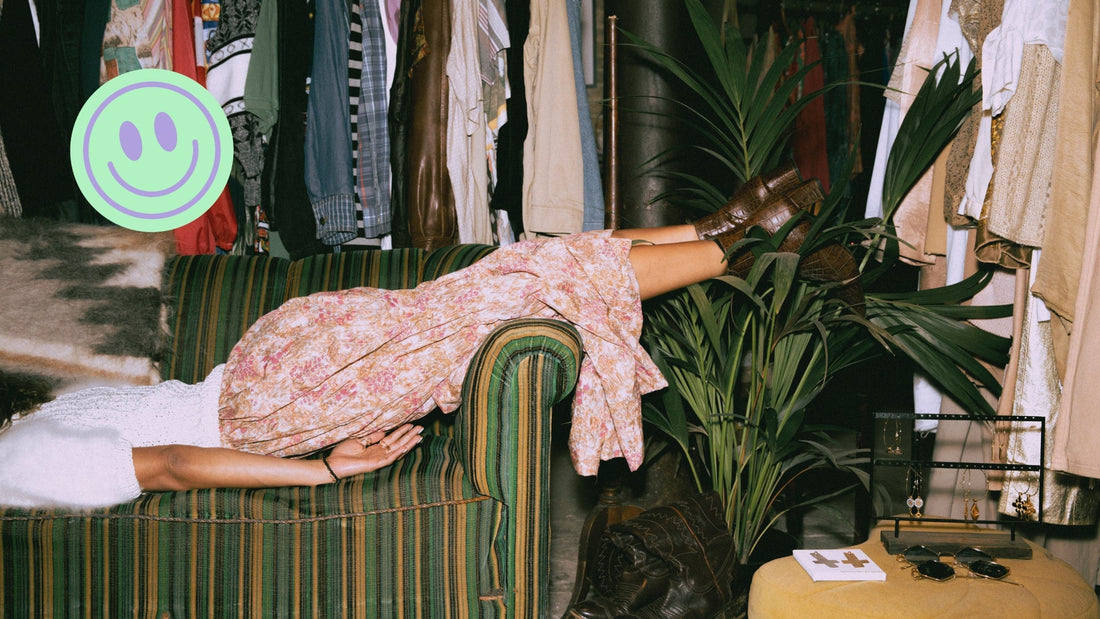
The Importance of Fashion in Our Lives
Share
An Educational Opinion Piece on the Different Layers of Fashion
Fashion has influenced humans for centuries. It is an art form in itself, allowing individuals to express themselves and share their tastes with the outside world, free from barriers like spoken language. A great example of this is how women began wearing pants in the 1920s as a way to promote feminism. Fashion enabled them to protest in an extremely peaceful yet impossible-to-ignore manner. A completely different example would be Lady Gaga’s meat dress, which has since cemented her status as one of the most eccentric pop artists of her time. Whether from a historical perspective or within pop culture, fashion has the power to transcend societal prejudices and preconceived notions.
Over time, trends have evolved, and beauty standards have shifted. In recent years, second-hand fashion has gained momentum, partly due to the environmental crisis we are facing and partly due to the rising cost of living. Shopping at retail chains has become increasingly expensive. Moreover, as time goes on, companies prioritize quantity over quality, leading consumers to pay high prices for low-quality products. This is why it is crucial to be part of the second-hand fashion movement—to preserve this art form in a way that respects the planet we are privileged to inhabit.
Just a few years ago, thrift stores were stigmatized, perceived as places where only the "poor" shopped because they couldn’t afford new clothes. However, this perception has gradually changed, largely due to the gentrification of multiple neighborhoods, such as Plateau Mont-Royal. We are also seeing more thrift stores popping up in other areas that were once working-class neighborhoods in the 1960s, like Saint-Henri. Over time, thrift stores have transitioned into independent businesses specializing in so-called vintage clothing, and they have now become a staple in major cities. Of course, donation-based thrift stores still exist, but even shopping at these establishments has been destigmatized fairly recently.
However, the fashion world extends far beyond second-hand shopping. At the opposite end of the spectrum, we have luxury department stores, such as Holt Renfrew in downtown Montreal, which houses high-end brands like Chanel, Tiffany, Louis Vuitton, and Gucci. These luxury retail spaces allow these brands to have a physical presence within the city, attracting more clientele. Naturally, these products are far less accessible to the majority of the population due to their exorbitant prices. Nonetheless, they play a crucial role in the global fashion industry, as they often set the seasonal and annual trends that trickle down to the mainstream market. Fashion operates as both an industry and a hierarchy—mass-market retailers replicate haute couture styles to make them more accessible to the general public. This creates a full cycle, moving from the most expensive to the more affordable.
Finally, there is vintage fashion, which can be found in various ways. This category is highly versatile, ranging from very affordable to incredibly expensive. The vintage culture follows a simple rule: the rarer and older a piece is, the more valuable it becomes. Some of these pieces can be found in thrift stores or on resale platforms such as Depop or eBay. Others are auctioned off for unimaginable prices, especially if they are collector’s items once owned by a deceased celebrity. The variety is endless.
At the end of the day, regardless of our background or financial means, fashion is accessible to everyone. It’s not a question of budget, but of intention. Fashion should not be overlooked. Ignoring it weakens our voice and stifles our creativity. Do not erase yourself. Share with the world who you are on the inside by projecting it outward. Fashion is far more than just a way to cover oneself—it is an artistic medium.
Text by Massalia.
Photo by Secondli.
